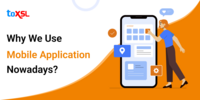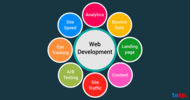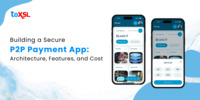- Jun 10, 2024
Share this post on:
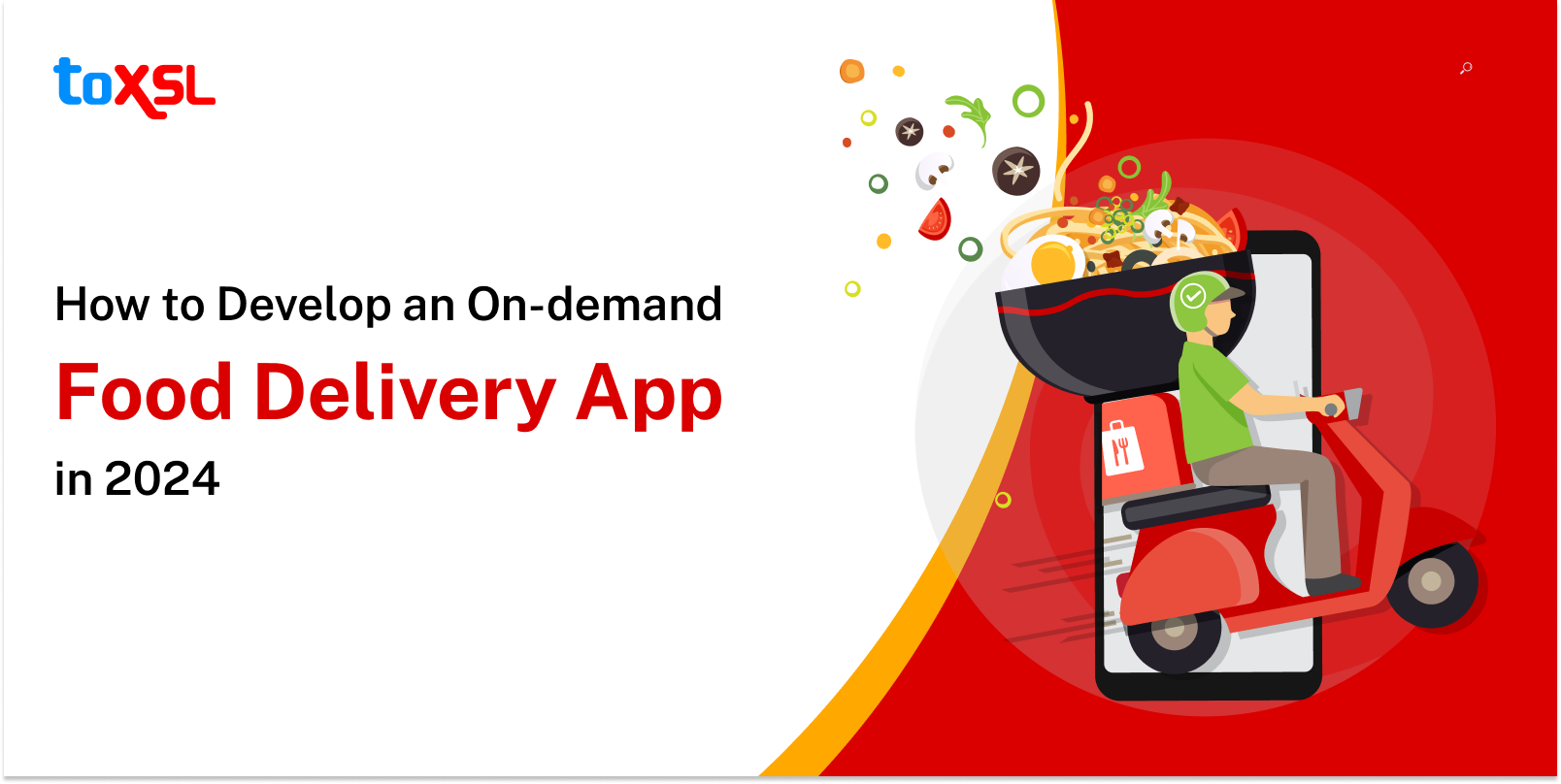
The pandemic scenario has changed for the restaurant industry has shown a huge transformation. Contactless menu, payment, and delivery is becoming the new normal. Not everyone likes to dine out and prefers to stay at home and enjoy their leisure while staying safe. The food delivery applications, therefore, gain the most prominence among smartphone users and the millennials.
In 2021, developing an on-demand food delivery app is an extremely popular proposal for entrepreneurs. As per research, the food delivery app market is expected to reach $17.2 billion by 2023. As a food delivery organization, certain aspects need to consider such as target audience, compared with competitors, advanced features, validating app ideas, and more.
So, if you are attracted by the idea of an on-demand food delivery app read the blog. Know the key points you should consider and pay attention to developing a food delivery app.
Market Trend of Food Delivery Apps
No one thought that the idea of food delivery apps would be so popular in the coming years. The app gives robust competition to e-commerce applications. A few of the examples of popular and feature-rich on-demand food delivery applications are UberEats, Seamless, Zomato, and more.
Here is a report from Statista that shows the rise in food delivery applications, and how it is becoming one of the most growing forces in the restaurant industry.
- As per Statista, the on-demand food delivery business segment accounted for $122,739 million in the year 2020. It is growing at an annual growth rate of 7.5% and is expected to cover a market volume of $164,002 million by 2024.
- The report depicts that most of the market segment is a platform for consumer delivery with a market volume of $62, 798 million.
How does this On-Demand Food Delivery App work?
For the food delivery app development, the very first thing the app owner needs to do is list different local food vendors and restaurants in your app. It allows you to have tons of opportunities for the customers to order food. For the success of such applications, it is highly recommended that the app should list the best restaurants, which are the most crucial factor of the app.
The first step toward how the application for customers works is to check for restaurants that deliver to your location. After that, the user can select their favorite cuisine or dish, and the order is made and confirmed. Payment is made by the user via integrated payment gateways, then the restaurant is notified about the order. When the notification is sent to the restaurant it is accepted by the restaurant, then the rider is assigned the order, and finally the customer receives the order.
Major Challenges Faced When Developing Food Delivery App
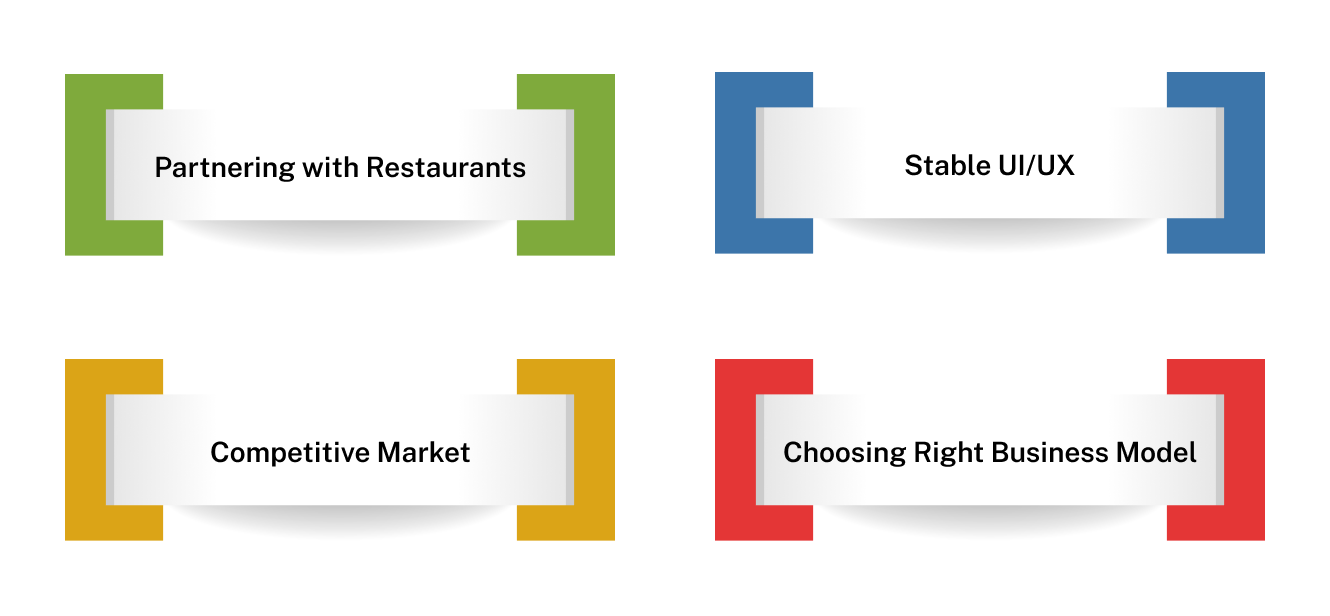
There are various marketing challenges faced by the app owner while developing an app for their restaurant business. Here are a few of the challenges along with solutions that help you develop a competitive app in the market.
1. Partnering with Restaurants
To partner with some big names is a difficult task for the app owner. With time, it becomes difficult for the restaurants to establish new collaborations and convince them to list their business in the app.
2. Stable UI/UX
When it comes to developing an app, the developers must focus on easy understanding for the users. Customers prefer to use applications that do not have complex functionalities. An impressive UI/UX surely makes a difference in the popularity of the application.
3. Competitive Market
The on-demand market is highly competitive and there are already a lot of big names in the market. So, therefore, becomes crucial to set up your foot in the market with interesting features, prompt responses, and the best services.
4. Choosing Right Business Model
Another challenging factor is the business model used. Here are different food delivery app models that are a must for your app idea.
The different kinds of business models :
1. Dedicated Food Delivery Model
This is a platform that allows the users and restaurants to meet. The user places the order, and it is delivered to the customer's doorstep. The app here is unresponsible for the delivery services.
2. Logistic Food Delivery Model
With this business model, the user places an order, and it is delivered to the doorstep of the customers. The feature that makes this model quite popular is that from food ordering to delivery of the order everything is handled by the application.
Benefits of On-demand Food Delivery Apps
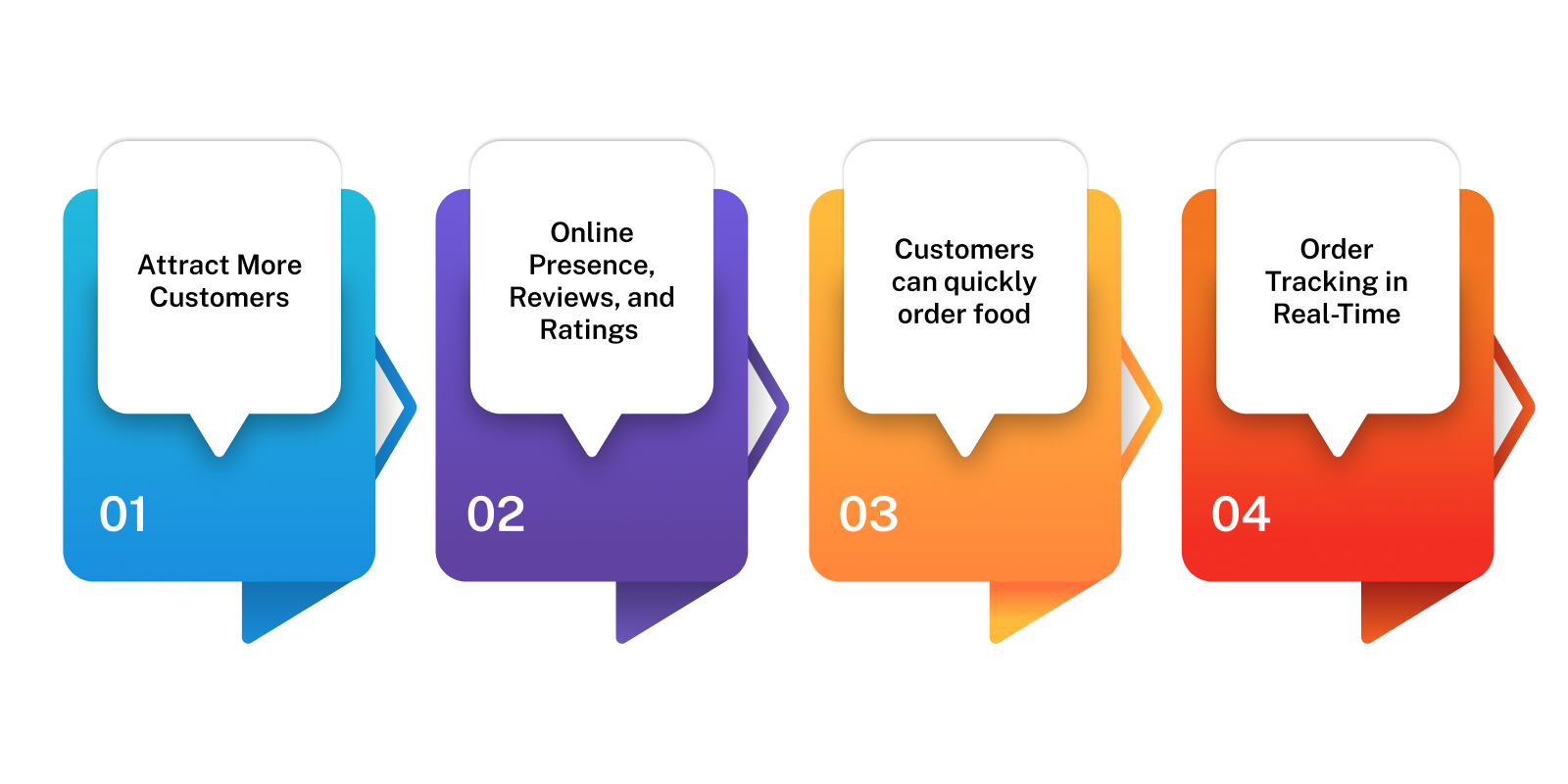
1. Attract More Customers
As nowadays people like to shop online, so they are more attracted to such apps rather than visiting a restaurant physically (especially during the pandemic). The food delivery marketplace offers the users a wide range of products along with the different restaurants, prices, variety of products
2. Online Presence, Reviews, and Ratings
It allows your brand to be displayed on various online sites. As customers prefer to place their orders on their mobile devices, it promotes a positive interest in your business. The reviews and rating option helps the restaurants to rectify the errors and gives them room for improvement.
3. Customers can quickly order food
Standing outside the restaurant in long queues is simply painful and a waste of time for the busy users. With the option to order their meals from a mobile app, they can easily place an order when they are stuck in traffic.
4. Order Tracking in Real-Time
The customers can track their food in real-time and the restaurant owners can also track the location of the driver. The app has inbuilt GPS that allows the location of the driver, and users to be tracked and located easily.
Top Features to Develop a Food Ordering App

Customer App
1. Sign-up/Login
The user should be able to sign up via simple OTP confirmation, email, or contact number. The user should be able to sign in via simple social media integration of Facebook, Gmail, and more.
2. Location
You can see the available restaurants based on the location and further calculate the delivery time as well.
3. Menu
The menu is displayed to the customer in a digitalized form along with the prices. Customer can review their order and other details before making the final payment.
4. Search filter
It allows the customers to search for the cuisine or dish they want to select instantly without having to scroll the whole menu.
5. Set Pickup Location
GPS pickup your address so that the app recognizes your exact location, or the user can also manually set your pickup location on the map.
6. Payment
Once the order is placed, the user can make the payment using different digital methods integrated into the application.
7. Offers and Discounts
This is the important feature your mobile app developer needs to include in your product. This helps in user retention.
8. Track Delivery
It allows the users to track the actual location of the delivery executive in real-time.
9. Review and Ratings
The user should be able to review and rate the restaurant food, delivery. It makes it easier for other users to decide whether they should order from the same restaurant or not.
Driver App
1. Sign up or login
Allow your drivers to sign up in the app through social media networks like Gmail, and Facebook, or simply via the credentials.
2. Maintain Profile
Allow users to maintain a complete profile that includes a photo, name, email address, contact number, photo, and any other details.
3. GPS map integration
It helps the driver to track the location of the user so that the order is delivered on time.
4. Manage multiple deliveries
Drivers can also manage multiple food deliveries at a time and respond to all the requests.
5. Alert for a new order
The driver gets a push notification as soon as there is a new delivery request. Even when the food delivery application is closed the driver should be notified.
Restaurant App
1. Dashboard
After the restaurant owner login, they can see their dashboard. The dashboard allows them to keep a track of pending orders, new orders, the ones to be delivered, their earnings, and more.
2. Accept/Reject Order
This is the most crucial feature of the restaurant app. With this feature, the restaurants can accept/reject orders based on the availability of drivers, rush at restaurants, and considering other factors.
3. Manage Accounts
Every restaurant owner can set an account by adding their restaurant pictures, name, logo, food images, hours of operation, minimum order quantity and manage their account accordingly.
4. Payments
Here the users have the option to transfer the money to banks or any other platform like PayPal or Wallet app as per their preference.
How ToXSL Technologies Can Help in Your App Development Journey
With the advancement of technology, the demand for mobile apps has increased exponentially. All businesses are exploring ways to improve their businesses. Hence, most businesses are using apps to connect with various audiences. Also, the demand for mobile apps is increasing exponentially, making it crucial for businesses to have mobile apps for their growth. But how do businesses develop the apps that get them more leads and enhance their revenue? So, if you are looking to develop an app that is reliable, scalable, and flexible, look no further than ToXSL Technologies. We are a leading mobile app development company renowned for offering world-class solutions for businesses. Our team of experts understands your requirements wisely and creates solutions using agile methodologies. Partner with us, and let us help you take your business to the next level.
Winding up!
You need to be clear about your demands and requirements. Zomato and similar apps have been in the business for a long and entering the market with something similar would be a great challenge.
It is vital to capitalize on this technology, so they can increase their margins and also be better equipped for the future. If you are not sure where to start for your on-demand food delivery application, our team of experts will be happy to help!




